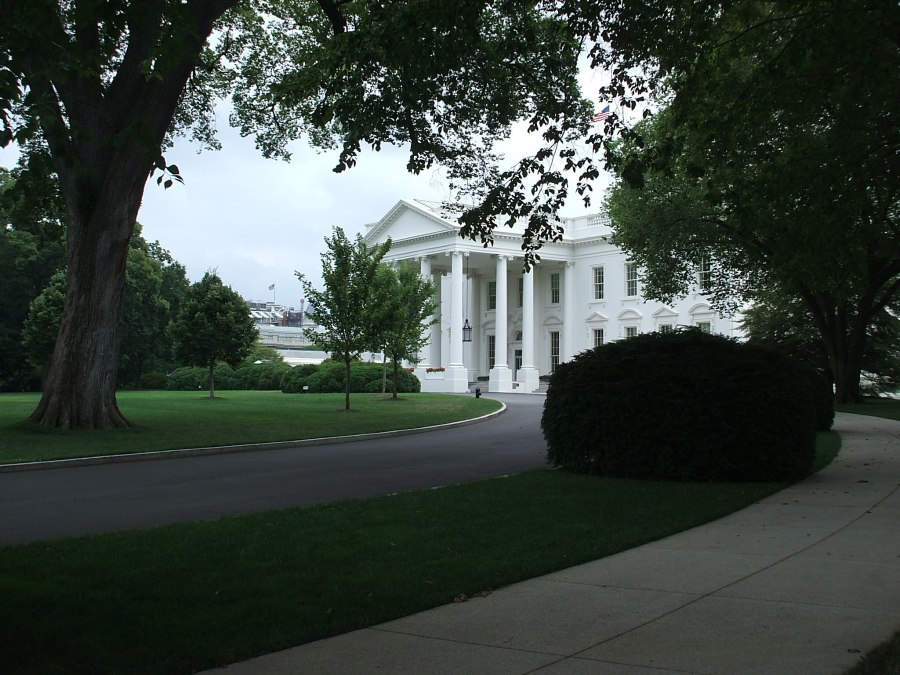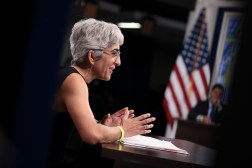Trump’s management agenda ties together IT, data and workforce overhaul

In keeping in with Trump administration’s vision to deliver citizen services with private sector efficiency, the Office of Management and Budget unveiled the President’s Management Agenda in Kansas City, Mo., on Tuesday, emphasizing a vast transformation of federal operations.
The plan’s debut included leaders from the Office of Management and Budget, the General Services Administration and the Office of Personnel Management, as well as U.S. CIO Suzette Kent, who traveled to Missouri as part of an employee listening tour.
“We wanted to be here in Kansas City because we understand there are more than 50,000 federal employees here in the greater metropolitan area, serving the people of the United States,” said Margaret Weichert, OMB deputy director of management.
The plan calls for three pillars centering on reforms to both technology and workforce management, specifically IT modernization, data accountability and transparency, and federal workforce transformation.
The Trump administration has, in the past, placed significant emphasis on all three tentpoles through a variety of initiatives — including the creation of the IT modernization Centers of Excellence at the Department of Agriculture and OMB’s agency reorganization efforts.
The PMA is largely a reiteration of those efforts, which the administration plans to further develop through the establishment of a set of cross-agency priority (CAP) goals, which focus on collaboration to achieve a series of goals that are linked between the pillars.
“For each of our drivers of change, there are other priority areas like customer service and improper payments,” Weichert said. “Each CAP goal will be led by an interagency team of senior federal leaders.”
The PMA highlights the recent creation of the Technology Modernization Fund following the passage of the Modernizing Government Technology Act, as well as its support for cloud migration and stronger cybersecurity, as key initiatives in the IT modernization track.
“Far too often, Americans are dissatisfied with the interactions they have with their government,” said GSA administrator Emily Murphy. “The PMA will empower GSA to better support other agencies as they carry out their critical missions through its focus on IT modernization and implementing shared services.”
For data accountability, the PMA points to the DATA Act as inspiration for its vision to make more government data sets available to the public through “more useful formats,” as well as establishing enterprise data governance to determine who has responsibility for the security and protection standards of the information.
“The United States government holds some of the most important data in the world, yours and all of ours,” newly appointed U.S. CIO Kent said. “Under the PMA, we are embarking on efforts to define a data strategy that will serve as the foundation for the next decade.”
By making federal data sets more accessible to the public, officials said they hope to crowdsource innovative solutions from both the private sector and the research community while working to make government more accountable.
“We’re bringing private sector experts, we’re engaging academic communities and we’re bringing the best of government thinking together to unlock and enhance our options to protect and leverage data,” Kent said.
The workforce component of the agenda includes realigning employee compensation to a performance-based model, rather than the current general schedule, and rewarding desired skillsets to recruit new talent.
The PMA includes initiatives like making it easier to remove employees deemed as poor performers, as well as plans to retrain current employees to develop desired technology skills.
OPM Director Jeff Pon said that by introducing the changes to transform hiring, training and compensation, the PMA is building a federal workforce more geared to engage the millennial workforce.
“The whole philosophy of having a job for life is a thing of the past,” he said. “Everybody treats the job like internship — whether you like it or not, it’s 2.3 years in terms of their average tenure, even in the federal government. So we are going to have to readjust our people systems here.”
Weichert said that starting with Tuesday’s event, the administration would embark on a listening tour to talk with federal employees about how to strengthen the initiatives, with the goal of a whole-of-government modernization.
“This President’s Management Agenda lays the foundation to address the critical challenges where government as a whole still operates in the past,” she said.





